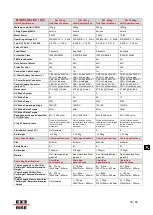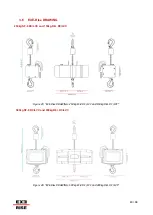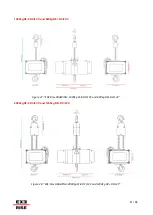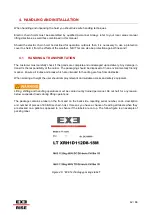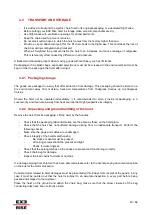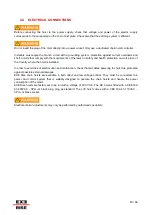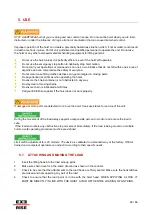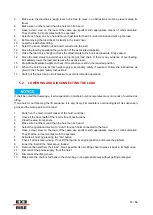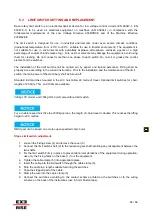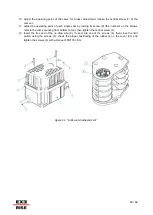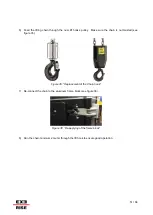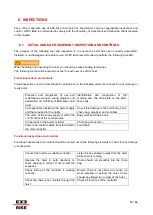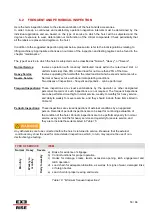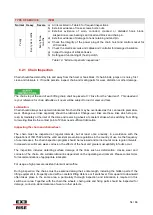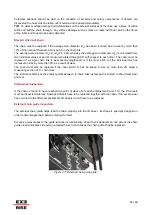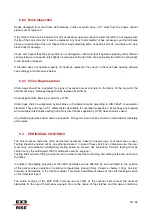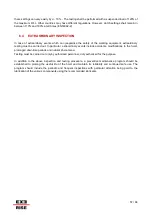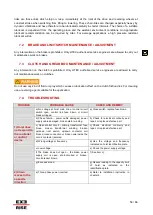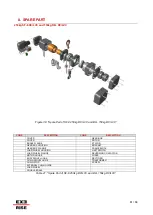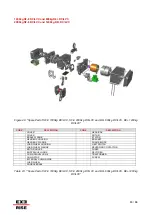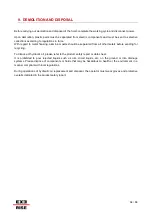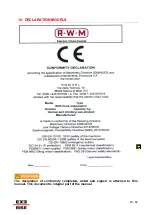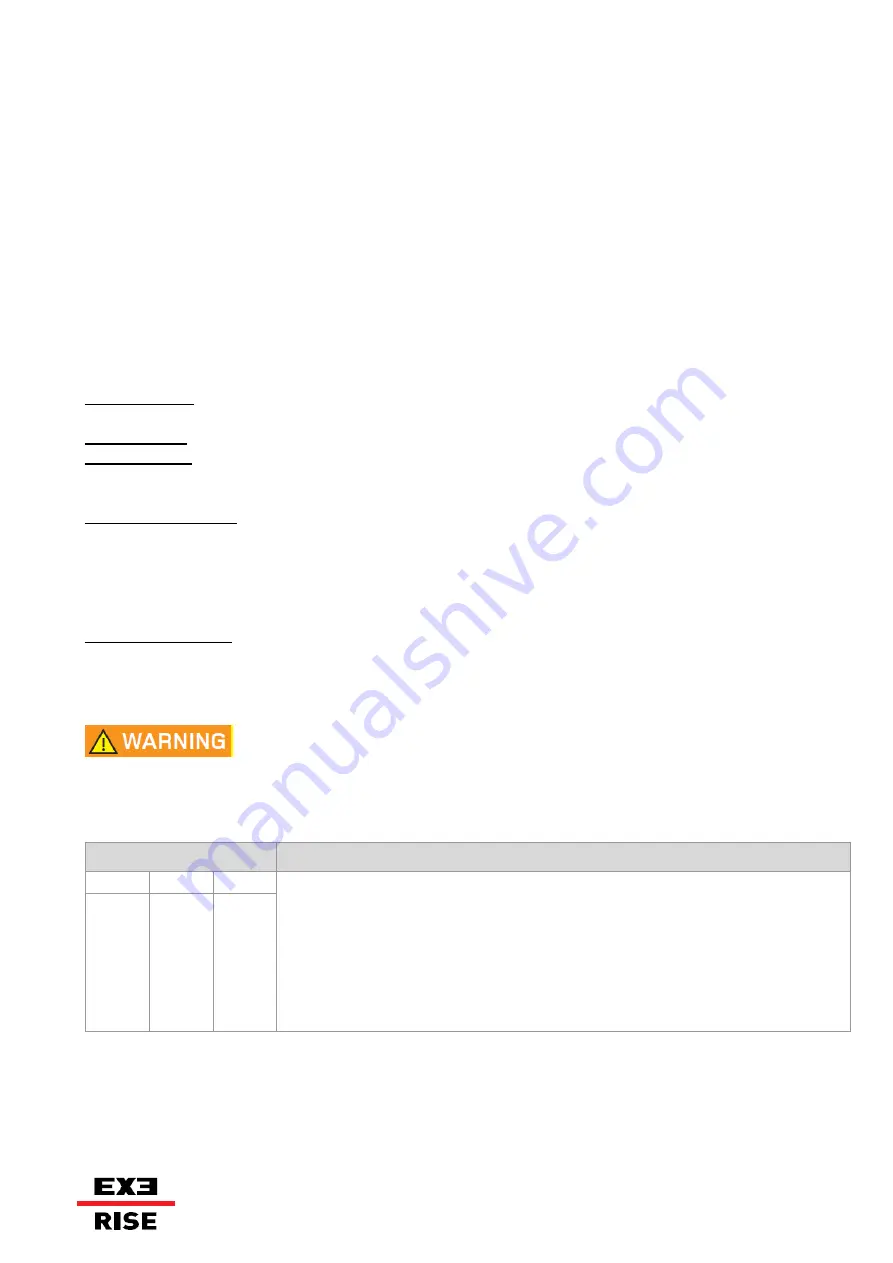
53 / 66
6.2
FREQUENT AND PERIODICAL INSPECTION
Here the term inspection refers to the visual examination of the hoist and its accessories
.
In order to keep a continuous and satisfactory operation inspection intervals must be determined by the
individual application and are based on the type of service to which the hoist will be subjected and the
degree of exposure to wear, deterioration or malfunction of the critical components. Check periodically that
all the labels are present and legible on the hoist.
In addition to the suggested inspection program below, please also refer to the local regulations relating to
lifting machinery. Appropriate actions as an outcome of the inspection and testing regime can be found in the
chapter “maintenance “
The type of service to which the hoist is subjected can be classified as "Normal", "Heavy", or "Severe".
Normal Service
:
Involves operation with randomly distributed loads within the rated load limit, or
uniform loads less than 65% of rated load for not more than 25% of the time.
Heavy Service
:
Involves operating the hoist within the rated load limit which exceeds normal service.
Severe Service
:
Normal or heavy service with abnormal operating conditions.
Two classes of inspections
– frequent and periodic – can be performed
Frequent Inspections
: These inspections are visual examinations by the operator or other designated
personnel. Records of such inspections are not required. The frequent inspections
are to be performed monthly for normal service, weekly to monthly for heavy service,
and daily to weekly for severe service, and they should include those items listed in
Table 14.
Periodic Inspections
: These inspections are visual inspections of external conditions by an appointed
person. Records of periodic inspections are to be kept for continuing evaluation of
the condition of the hoist. Periodic inspections are to be performed yearly for normal
service, every six months for heavy service and quarterly for severe service, and
they are to include those items listed in
Table 15
.
Any deficiencies are to be corrected before the hoist is returned to service. Be aware that the external
conditions may show the need for more detailed inspections, which, in turn, may require the use of non-
destructive type testing.
TYPE OF SERVICE
ITEM
Normal Heavy
Severe
a) Brake for evidence of slippage.
b) Control functions for proper operation.
c) Hooks for damage, cracks, twists, excessive opening, latch engagement and
latch operation
d) Load chain for adequate lubrication, as well as for signs of wear, damaged links
or foreign bodies
e) Load chain for proper reeving and twists.
Mon
th
ly
W
ee
kly
t
o
mo
n
th
ly
Daily
t
o
w
e
ek
ly
Table 18:
“Minimum frequent inspections”

